Watermaker made by professionals.
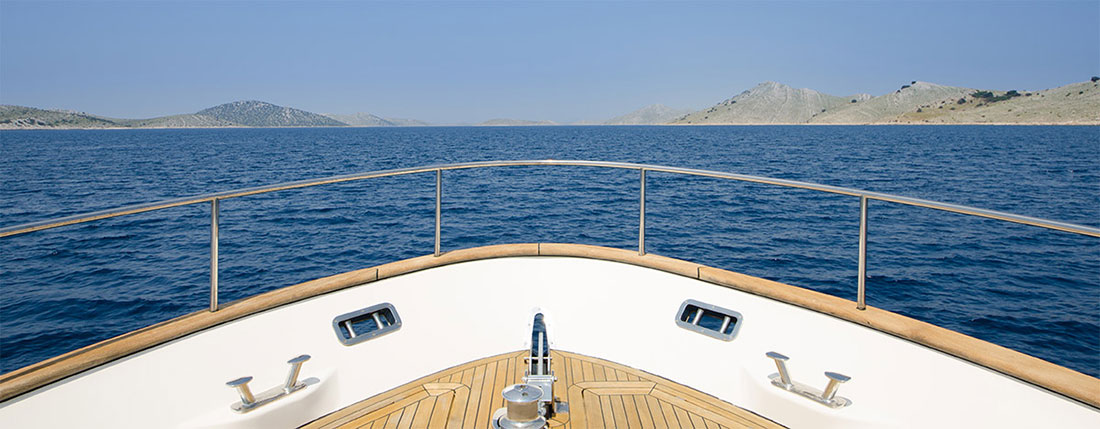
Reliable and proven for years. Worldwide.
Advantages of watermaker on cruising yachts and ships
- drinkable water in best quality
- ample showers in soft water
- less weight, more sailing performance
- enjoy live on board with fresh water
- smaller water tanks save weight and fuel
- doing the laundry and washing the dishes with fresh water
- cruising everywhere without having problems with fresh water
- never buy poor water or water containing too much chlorine
- never stow again containers with drinking water from the supermarket on board
The possibilities are endless
Why AQUATEC?
- All plants in stock.
- Quality made in Germany.
- Direct sales at fair prices.
- 100% availability of all parts.
- World wide express shipping daily.
- Support provided directly by manufacturer.
- Through years of experience servicing watermakers, we do not use any electronics to control our watermakers. An operation without electronic control is clear and fail-safe. Customers with long cruising experience often confirm this concept and go for a desalinator of this design.
By combination of high-quality components
a desalinator made in Germany for a failure-free operation that is reliable for years. Limited to the absolutely necessary components of a desalination plant, doing without any electronics, a trouble-free operation on bord your yacht or ship is ensured for years.
High-pressure pump head in Duplex-stainless steel 1.4462
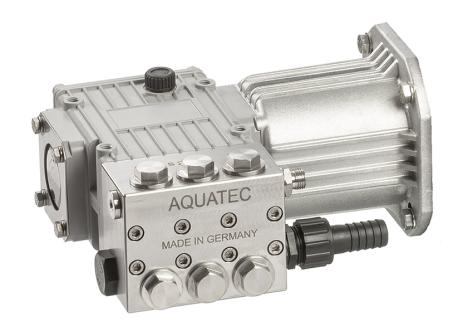
After careful material study, supported by experience with watermakers since 1990, we manufacture the heart of our high-pressure pumps, the pump head, from 1.4462 duplex stainless steel.
Pressure control valve in Duplex stainless steel 1.4462
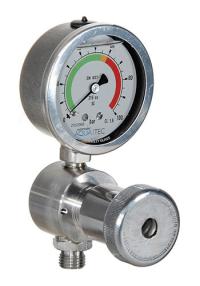
Developed exclusively for our watermakers, reliably ensures constant working pressure even in the event of voltage fluctuations in the on-board power supply.
Membranes and high-pressure pipes – proven for years
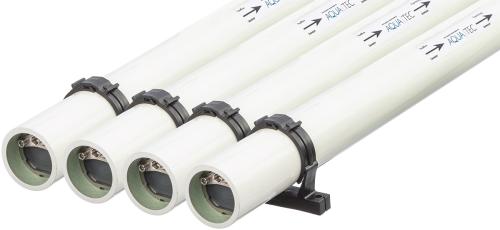
The proven industrial membranes, type Seawater 2540 are available worldwide. Even the membrane-housings (pressure vessels), manufactured in large-scale production from GRP, ensure a unlimited service life.
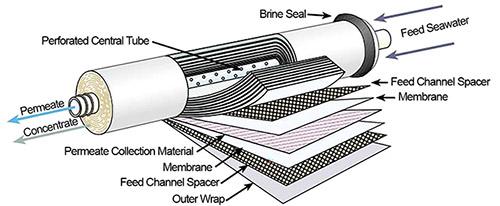
In natural sciences and technology, osmosis is perceived as the directed migration of molecules through a semi permeable membrane. The chemical and physical structure of the membrane determines which molecules are able to pass and which are not. For this reason, it is called semi-permeable, which means as much as halfway or partial permeability.
If one mixes different liquids, like in this case water with different salinities, they aim to equalize their concentration. That way, the seawater would be thinned out and the drinking water would be enriched with salts. The effect would be a less concentrated, homogeneous dissolution. Pouring sea- and fresh water in equal amounts into a container where both liquids are separated by an adequate semi-permeable membrane, there would be one side with seawater that is highly loaded with salts, on the other side more or less “clean” water without or with little dissolved components.
The natural tendency of both liquids to equalize their salinity leads to the migration of water molecules from the fresh water side towards the seawater side. As a result, the volume of water on the fresh water side decreases while it increases on the seawater side. This process of osmosis takes place until the pressure on the seawater side is in accordance with the osmotic pressure. Then it stops. In this case, the osmotic pressure is around 30 bar.
The described process however is reversible by exposing the liquid on the seawater side to mechanical pressure. At a pressure of 30 bar, the osmotic process cannot take place or would rather be reversed. When pressure is increased beyond 30 bar, for instance 60 bar, water molecules from the seawater side migrate to the fresh water side. All other components of the seawater dissolution are not able to pass the membrane. As a result, the dissolution on the seawater side remains highly-concentrated while there is a gain of fresh water on the other side of the membrane. This process is referred to as reverse osmosis (R.O.)
The seawater is delivered to the pressure pipe’s entry side of a RO-system by a high-pressure pump. The osmotic membrane is located in the pressure pipe and is merely permeable for the vehicle “water “(solvent) and detain the solute substances. When the pressure difference is more than leveling out the osmotic head, the water molecules are able to pass the membrane that works like a filter, while the “unpurified” molecules are detained. In opposite to a classic membrane-filter, osmosis membranes do not have continuous pores. In fact, the ions and molecules are migrating through the membrane by diffusing through the membrane material.
Inside of the membrane, the permeate-tube is located which transports the product-water (permeat) through one of the two end caps of the pressure pipe towards the fresh water tank. The excess seawater, now referred to as concentrate (brine), is drained off overboard through the outlet of the pressure pipe by a pressure control valve.


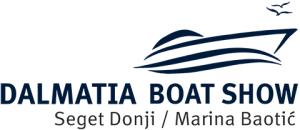
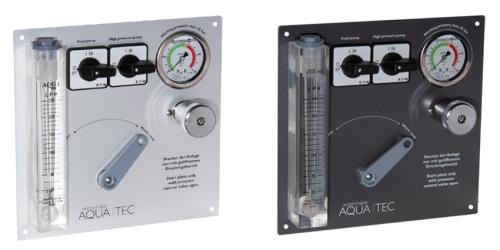
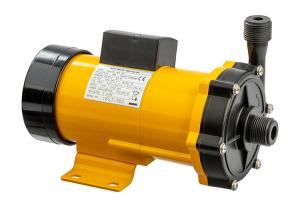
Customer feedback
Sie bekommen wieder einmal ein Mail von einem Heini. Wir haben einen Watermaker 85 l/h an 12V von Ihnen. Noch immer läuft das Ding einwandfrei, wir haben schon über 66.000 liter Wasser produziert.
Patrick Heini, SY Allure. "Watermaker DC 800"